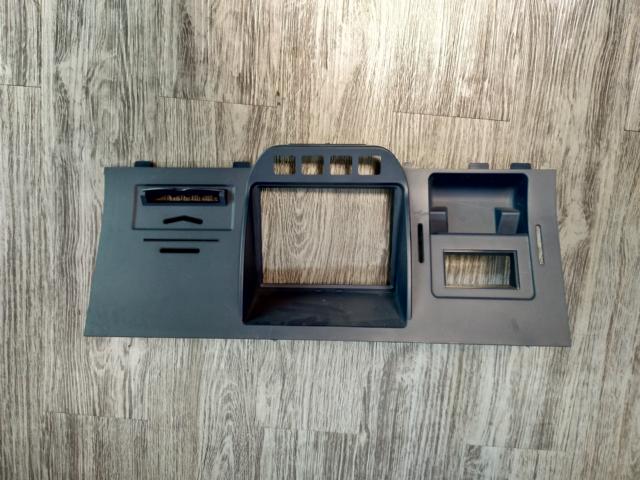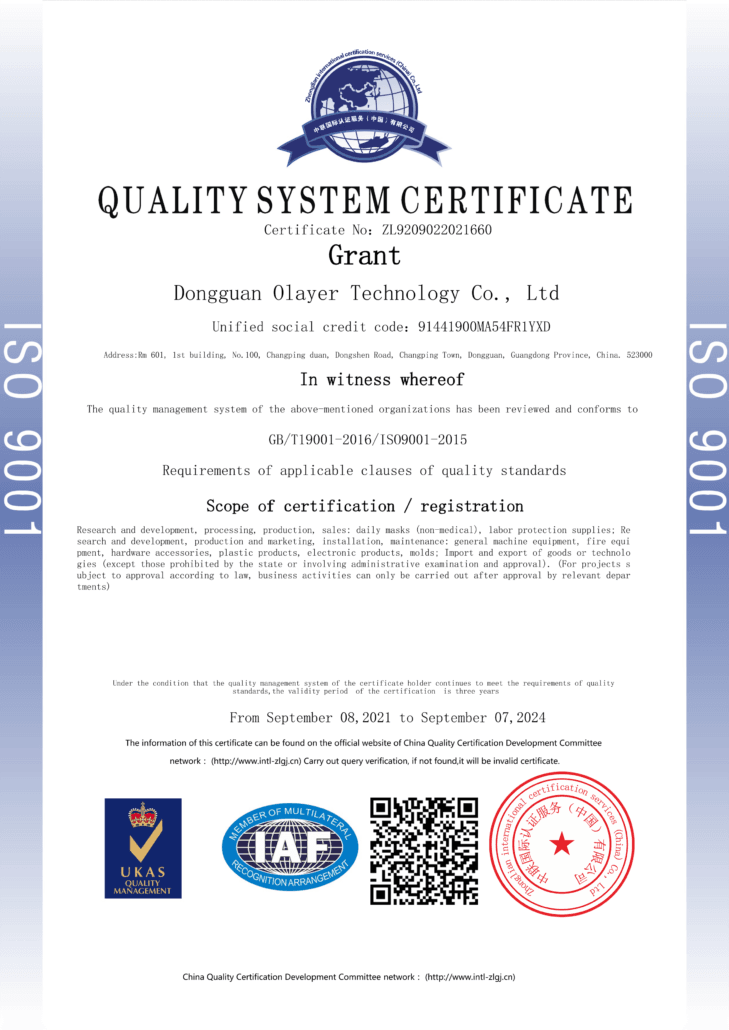In today’s world, Plastic injection molding technology has become an integral part of the manufacturing process. It is used in various shapes and forms for different purposes in almost all spheres of life, from homes to factories and large industries. Hence, it is important to look at how this plastic is molded to fit our needs and requirements.
Plastic Injection Moulding Technology is a process through which liquid plastic is molded into a customized shape by pouring it into a mold and applying certain degrees of pressure and temperature. Polymers such as Polyethylene or Polypropylene are used in this manufacturing process. There are several types of Plastic Molding techniques implemented by manufacturers, differing on the basics of technique, expenses, and benefits. Injection Molding is one of the most popular and widely used methods of Plastic Molding.
Please Injection Molding:
Identical plastic parts with high tolerance are mass-produced through Injection Molding. In Plastic Injection Molding, molten polymer granules are injected into the mold under high pressure and then left to cool down and solidify. Thermoplastic polymers are used, as they can be colored or injected with other embellishments.
The process is extremely versatile and capable of producing a large variety of plastics, from house appliances to automobile parts, and due to its flexibility, its use is employed even in aerospace technology and the medical field. Injection molding produces products with high precision and the products are always almost identical. The method of the process allows the inclusion of complex designs and patterns to be engraved onto the product.
The process is very cost-efficient. The initial investment for Plastic Injection Molding is quite high, because you need to make an custom plastic mold according to your requirement, and the turn in requires some wait, but the resulting profit is very high and the products are highly durable and strong. It is also an environmentally friendly process and can be automated to a great extent.
Types of plastic used in Injection Molding:
A wide range of materials can be used in Injection Molding, including most polymers, all thermoplastics, and some elastomers. They are usually stored as pallets or fine powder before use, and colorants are added according to design or preference. Material is selected based on its properties and the expectation for the final product. Each material requires a different procedure for handling and maintenance. Some of these materials are mentioned below.
ABS injection molding parts:
ABS, or Acrylonitrile butadiene styrene, is a type of plastic that has good strength and impact resistance. In addition to good appearance and durability, ABS also has the advantage that Metal coatings can adhere better to ABS. The plastic produced through ABS Injection Molding is used in Computer housings, Musical instruments (recorders & plastic clarinets), Telecom devices, Small appliances (enclosures), Automotive (interior trim, wheel covers, emblems), and Medical components.
Polypropylene injection molding part (PP injection molding )
Propylene is a type of thermoplastic polymer that has a wide array of applications. Not only is polypropylene resistant to moisture and has good impact durability, but PP injection molding also has a mold-in hinge. Plastics produced from the molding of Polypropylene are mainly used in Packaging, Industrial components for fluid processing, Household goods, Automotive, and Electrical hardware.
POM injection molding parts
Polyoxymethylene, better known as POM, is a type of thermoplastic. It is very dimensionally stable, produces less friction, and offers high stiffness. POM injection molding is capable of replacing die-cast components, has high impact and solubility durability, and is approved for food and liquid contact. It is used in Mechanical automotive, Business machines, Household appliances, Gear, Bushings, Door handles, and Seat belt parts.
Polycarbonate injection molding part (PC injection molding)
Polycarbonate is a type of thermoplastic that offers good heat resistance and has great impact durability. PC injection molding also offers chemical resistance and dimensional stability. Plastics are produced from the Injection Molding of Polycarbonates and used in automotive headlights, Business machines, Consumer products, Telecommunications, Medical products, and Mechanical goods.
An amalgam of ABS and Polycarbonate:
An amalgamation of Polycarbonate and Acrylonitrile butadiene styrene is a strong and durable type of plastic that has a variety of applications and uses. Not only does it have a great appearance and presentation, but it also offers good UV light color stability indoors. Impact resistance and metallic coating adhesion are some of the other benefits of this amalgam. It is used in Automotive exterior and interior components, Medical hardware, Electrical housings, Computers, Monitors, Business equipment housings, and Enclosures.
PVC:
PVC, or Polyvinyl Chloride, is a polymer. It offers excellent insulation and mechanical properties. It is a relatively inexpensive polymer that has hardness, flexibility, and stability. Plastic developed from this polymer is used in Medical/healthcare products, automotive applications, Household items, and Electronic extruded wire covering.
Nylon injection molding part ( PA6 or PA66 injection molding )
Nylon is a polymer that has excellent resistance for abrasions and has long elongation ability. It has heat and chemical resistance to a certain degree, along with impact resistance. Nylon injection molding is usually utilized in the production of automotive components, Bearings, Electronic connectors, Gears, Consumer products, and Industrial products.
Acrylic, Polystyrene, Polyetherimide, Acetal, Polyamide, Cellulose Acetate, Polyphenylene Oxide, Polyether Sulphone, Thermoplastic Elastomer/Rubber, Polyphenylene Sulphide, and Nylon 32% glass fiber are some other types of plastics used in plastic Injection Molding technology.
Why use Plastic Injection Molding Technology?
The main reason why use plastic Injection Molding technology is so widely used and preferred is that it is meant for large-scale production. Once the initial high-rated investment is done, the turnabout is far greater than the other types of molding procedures. Another benefit of plastic Injection moulding is that it produces much less excess, non-reusable waste as compared to the other techniques, only comparable to 3D printing. The main reason for this is the use of Thermoplastic materials which can be melted and reused, in contrast to thermostat materials which are wasted if melted.
The products produced through plastic Injection moulding technology are identical in nature, which is very good for brand identity and consistency. Complex and intricate details can also be added to the products, with very high rates of accuracy. Due to the automation of a large part of the production process, the labor costs are also greatly minimized.




